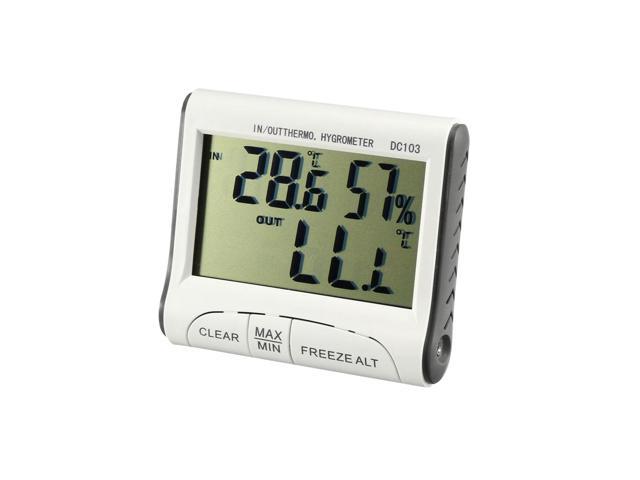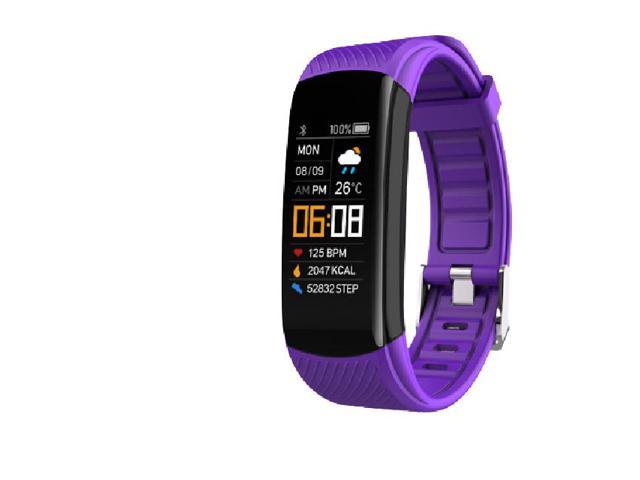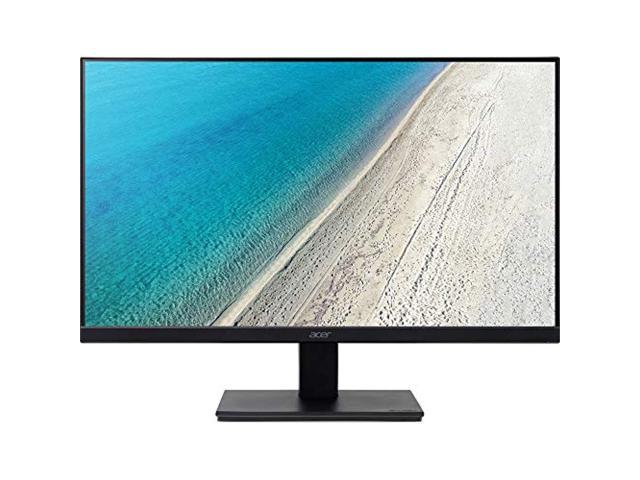Pursuant to a congressional request, GAO provided information on state prescription drug monitoring programs, focusing on: (1) program benefits to investigations and their effectiveness in detecting and reducing drug diversion; (2) whether savings have resulted from reductions in Medicaid prescription drug claims; and (3) adverse effects on medical practice and patient care. GAO found that: (1) prescription drug monitoring programs save investigators time, improve productivity, and allow identification of potential cases of drug diversion; (2) 5 of 10 states showed a reduction in the number of prescriptions due to reduced diversion or changes in physician prescribing practices; (3) states claim that prescription drug monitoring programs increase the efficiency of law enforcement operations and result in greater disciplinary action; (4) New York and Michigan estimated Medicaid cost savings at $27 million and $440,000, respectively, but a lack of complete data hampers Medicaid savings estimates and program tracking; (5) opponents believe that programs result in less effective drug prescription, compromise patient confidentiality, and change physicians’ prescribing practices; and (6) three states utilize electronic transmission systems, which are viewed as less burdensome and less intrusive than multi-copy prescription form programs.















